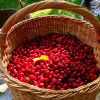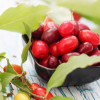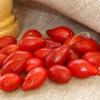Varieties and descriptions of dogwood varieties
Content
Description
Cornel is a tree or shrub that can be safely called evergreen and deciduous. Sometimes it grows in the form of a rhizome shrub. It often has opposite, rather than alternate, pinnate leaves that do not have stipules.
The flowers are located in vericolor inflorescences, they are rather small and 4 - 5-membered. They are dioecious rather infrequently. The calyx has small teeth along the edges. The number of petals and stamens is often 4 - 5. The stamens are attached to the nectar disc and grow alternately with the petals.
The dogwood fruit is a drupe. It is often endowed with the shape of a ball or ellipse, painted in rich red, red-orange, blue-black, blue, black. There is also a white dogwood. By 1548 such an interesting name became known, which sounded like dog-tree. Only by 1614 did it change, and it became popularly known as dogwood. Currently, in the circles of crop lovers, the name of the tree is the hounds tree, which has an interesting translation - "dog tree". The culture received its second modern name "strawberry tree" due to the presence of dense capitate inflorescences, which are then transformed into juicy fruits.
Video "Cornelian varieties"
From the video you will learn about the varieties of this tree.
Varieties
The dogwood tree, beloved by many, has a presentable and characteristic appearance, it has a rich and beautiful flowering thanks to its unusual flowers and foliage, noticeable yellow or red shoots after falling leaves. It is customary to use it for single or collective plantings, creating thickets under the canopy of trees or in open areas of the area. Among the varieties of dogwood, the most popular ones can be distinguished, on which we propose to dwell in more detail.
Real
This is a European species, aka turf. It has been known since the days of Ancient Greece. It grows in the south-west of Russia, the south of Ukraine, the Caucasus, Moldova, Central South Asia, Asia Minor, and also in the Balkans. In Crimea, the names of such folk varieties as Sultansky, Tsaregradsky and Shpansky are known. Sultansky came to us from the territory of distant Turkey, where there is a large number of thickets that grow freely in natural conditions.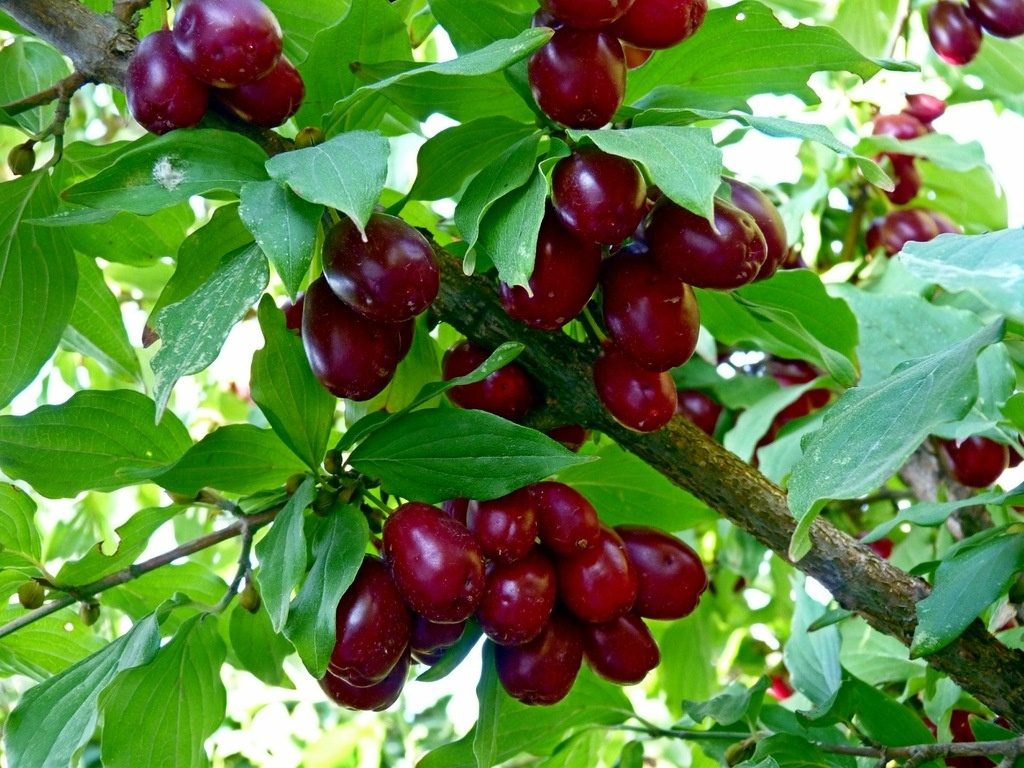
Cornelian cherry grows on the territory of those countries that are characterized by the presence of a continental climate. Its deep red fruits are pleasing to the eye in late February - early March. At an early age, the culture tends to form only male flowers. The fruits are sweet and sour with a special smell. Due to the presence in the composition of berries of such important elements for health, pectin substances, fructose, glucose, minerals iron, calcium, potassium, magnesium, phosphorus, fruits are useful for people with impaired cardiovascular system. They also help combat accumulated physical fatigue, improving well-being and uplifting mood. Plants live for about 150 - 200 years, the yield from each tree at the age of 15 - 20 years is about 40 - 80 kg. Doesn't require any special farming techniques.
Drug
It is also called kornus officinalis. This plant is known in Japan, Korea and Northeast China as an effective remedy for many ailments. It is included in medications used to heal the bladder and kidneys, and Korean preparations that help with impotence. In East Asian countries it is used as an antidiabetic herb. The advantages of the variety include drought resistance and winter hardiness, the ability to grow on any soil. The bark of its trunk is colored brown or orange. During the flowering period, namely in March, the trees are especially beautiful.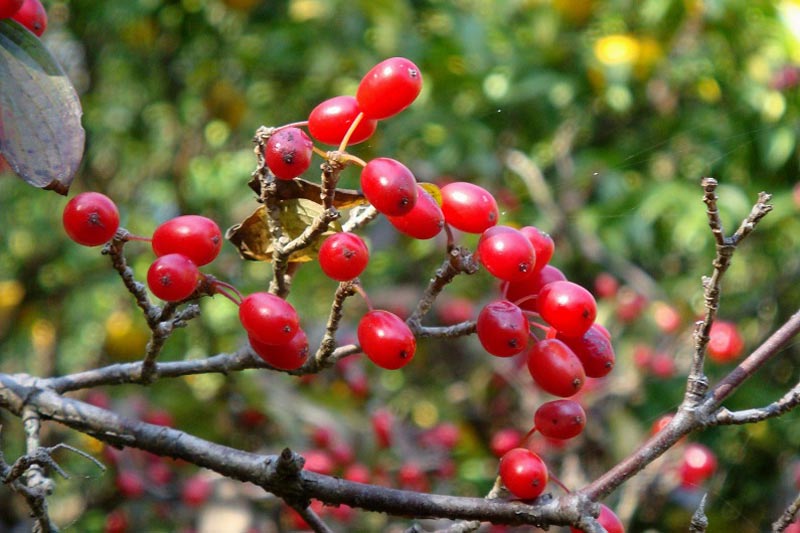
Swedish
This member of the dogwood family belongs to herbaceous plants. Swedish, aka Alpine, originally from the mountains of Europe, where it is most often found. Has creeping stems with underground rhizoids. They tend to grow a couple of centimeters per season. This type of dogwood can be really found in places where there is high humidity. It prefers to grow in peaty, moist soils with sufficient acidity. It can also grow as a ground cover plant under acidophilic shrubs.
Canadian
A dogwood shrub like Canadian is a dense thicket. A small inflorescence with small and yellow-green flowers is surrounded by a white wrapper, consisting of 4 petals. Fruits of deep red color are collected in compound fruits. Even excessive shading is tolerated by such a variety. In culture, it can grow as a ground cover plant.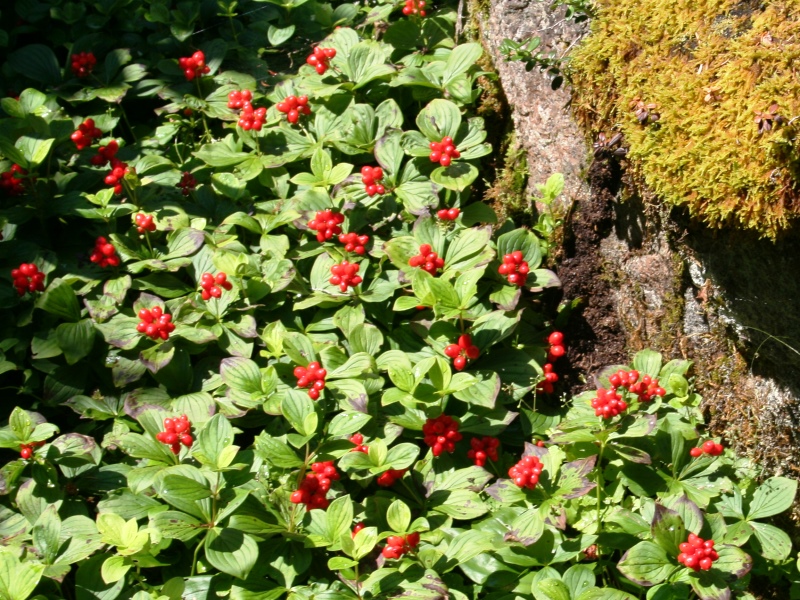
Flowering
Dogwood varieties, distinguished by their decorativeness, can boast of an affinity with the flowering variety. Breeders work tirelessly to expand the color palette of varieties.
The blooming species is one of the most beautiful trees in America. It is a tree about 5 meters in size with ovoid leaves and colorful white-green inflorescences. Flowers can be seen in April - May.
Compound fruits are colored orange-red. The blooming species has been chosen as the symbol of the state of Missouri. Its famous varieties are Cherokee Breive, Cherokee princesses, Cherokee chief. It is used in landscaping, it is able to form gorgeous medium-sized trees, on which there are many fruits of an unusual shape. On the territory of Central Asia, this species has not lost its well-deserved popularity for about two hundred years. It has high winter hardiness. Can grow normally in northern regions. In our country, there are also botanical gardens in the Crimea.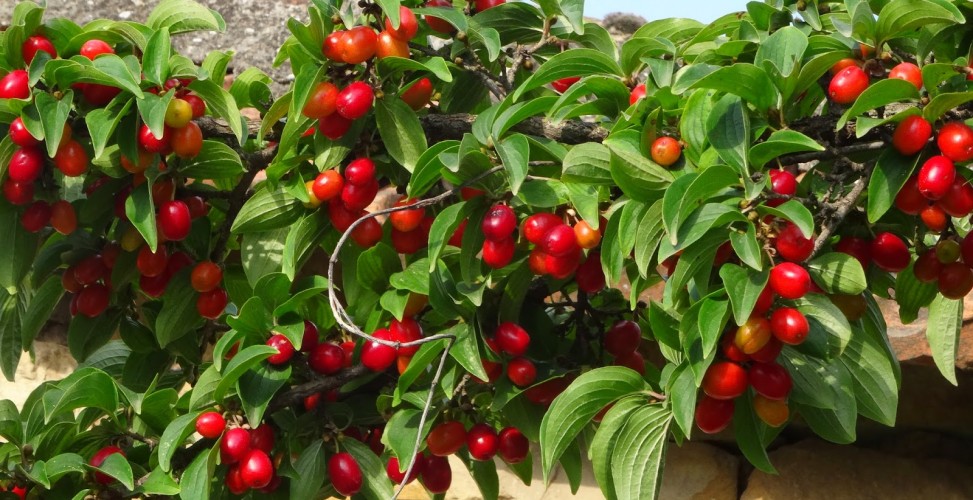
Nutalla
This type is also called mountain. It has a multi-flowered inflorescence with a wrap of 6 leaves, painted in a delicate pale pink or white. The fruit is an ellipse. It is 6 mm in diameter and no more than 10 mm in length. The flowering culture occurs in May. In natural conditions, it grows in the west of North America. It is grown even in greenhouses - in wooden tubs. Each such plant is highly valued by interested parties and, if purchased, will cost a lot of money.
Head-chained
Dogwood capitate, or capitate is also known as the strawberry tree. Its fruits traditionally grow in whole stems, which are distinguished by a beautiful orange-red color. The inflorescence usually consists of 25 to 30 flowers. In natural conditions, it is found in Central China, as well as in the Himalayas. Such a view as spore dogwood is very decorative. It is a culture that has horizontal branches. Variegata variety is unusual due to its variegated petals edged with a white stripe.
Japanese
Coza - this second name is Japanese dogwood. He possesses bracts - gabled sheets of a wrapper. As cultures mature, they acquire delicate shades of pink and white. Flowering occurs in June and lasts more than 6 weeks. There are such excellent varieties of this species as Moonlight, Autumn Rose, Radiant Rose, Moonlight, Blue Star, Silver Cup, Butterfly.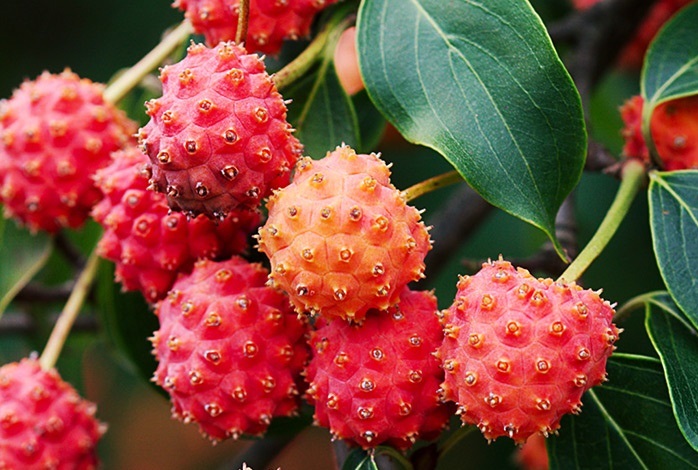
The bark naturally has a characteristic gray, brown or bronze color; over time, it tends to flake off. The fruits of berries loved by many gardeners and our country are usually drupes no more than 6 cm long and reaching 2, 6 cm in diameter. When ripe, they turn red. Less juicy than real or medicinal varieties. They can be used both fresh and after processing.
Video "The benefits and harms of dogwood"
From the video you will learn about the benefits and harms of this tree.

